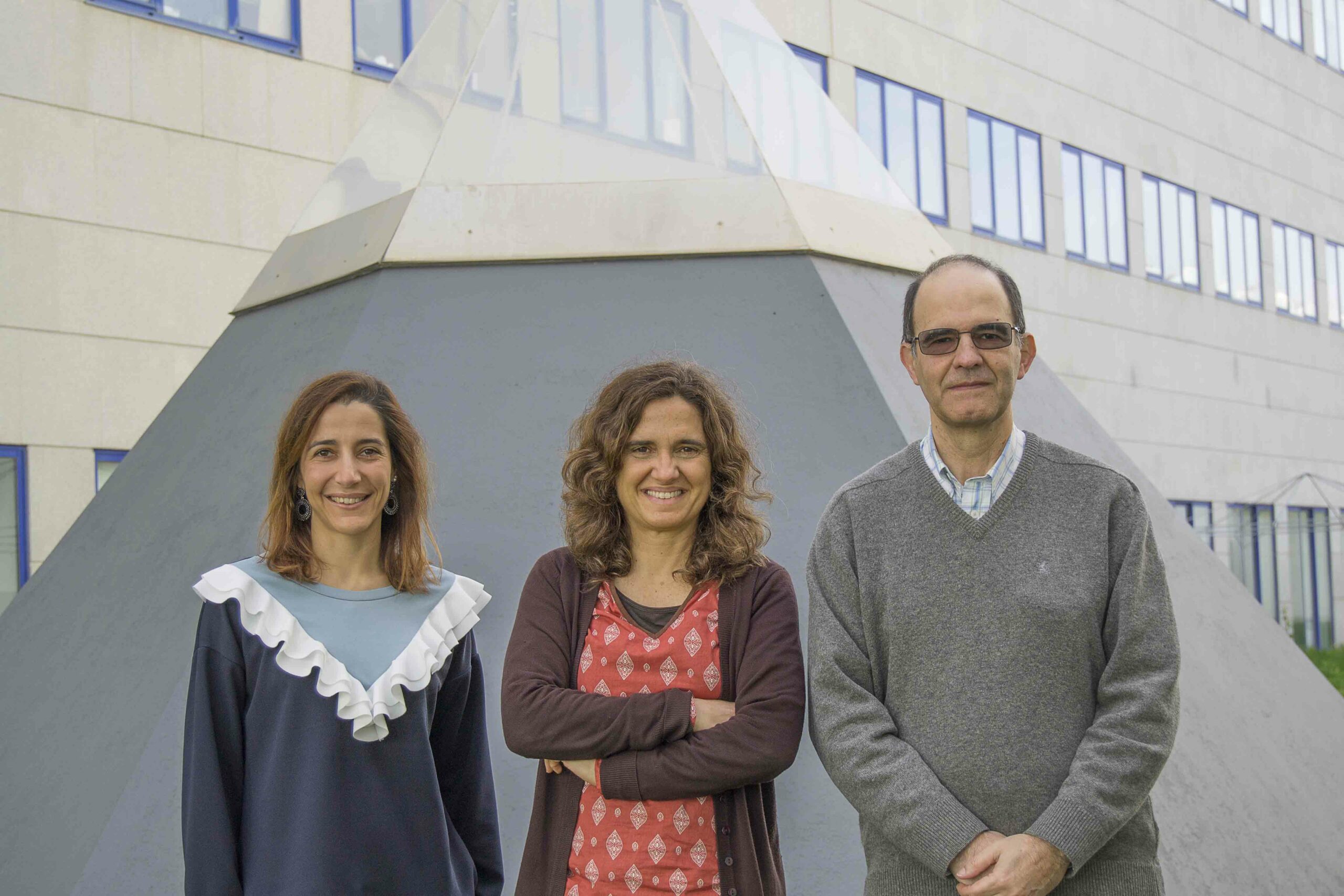ITQB NOVA team studies enzyme that produces hydrogen

Three researchers from ITQB NOVA have published a study describing the process by which a group of enzymes can produce large quantities of hydrogen. This group of proteins, called hydrogenases, is present in nature and can live in low-energy conditions, which makes them interesting for producing hydrogen from renewable resources, such as the sun, or for generating clean sources of energy based on hydrogen.
Inês Pereira, Pedro Matias and Marta Marques observed that the high hydrogen productivity is due to the action of the selenium atom in the active center of these enzymes. Inês Pereira explains that "without selenium, the enzyme can't even incorporate the nickel it needs to function, which is an important revelation for us to understand how the biosynthesis of this molecule takes place, starting from a sequence of amino acids to its final structure".
Hydrogen is known to provide more combustion energy than any other fuel and produces no emissions, as it only generates water vapor. It is therefore a cleaner resource with no environmental impact. However, its use as a sustainable energy source still encounters barriers related to its transportation and storage.
The study entitled "The direct role of selenocysteine in [NiFeSe] hydrogenase maturation and catalysis" was published in Nature Chemical Biology on March 20th.